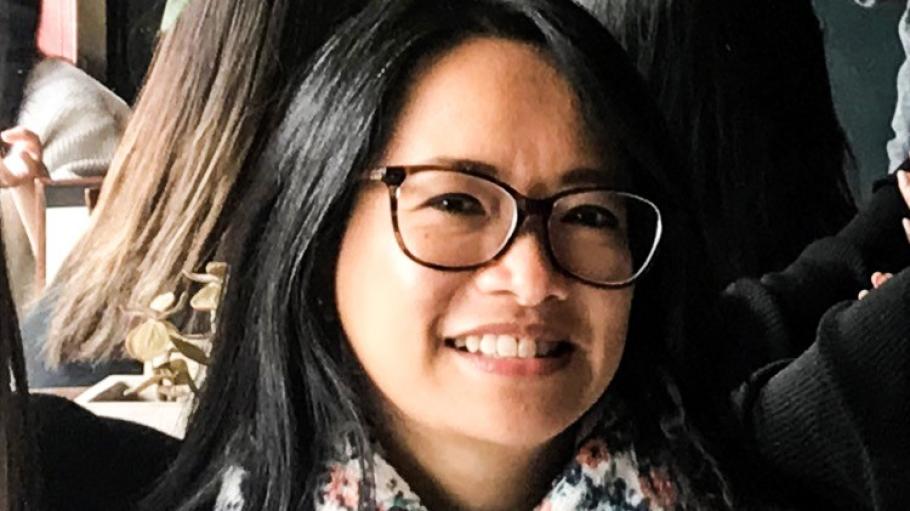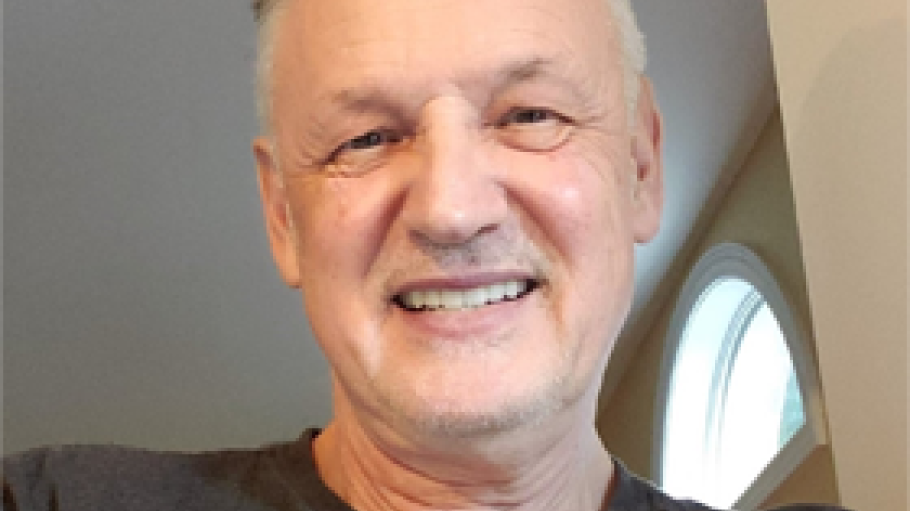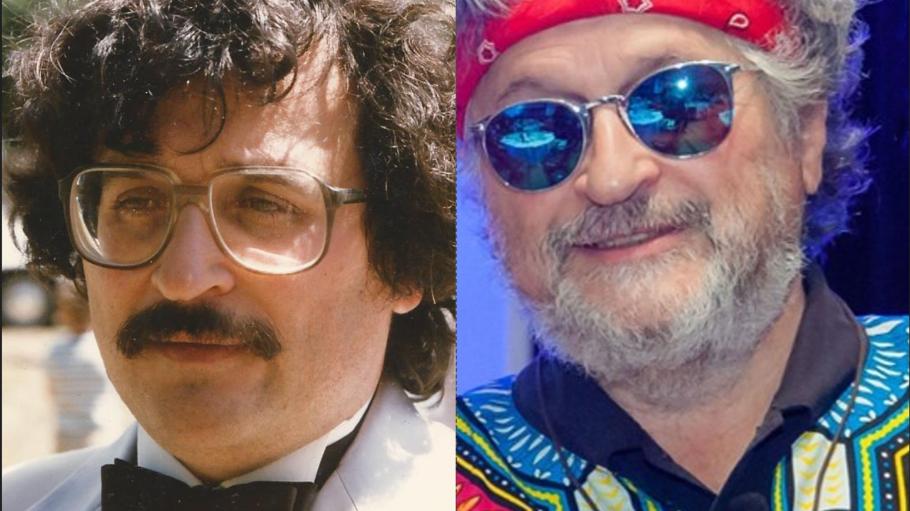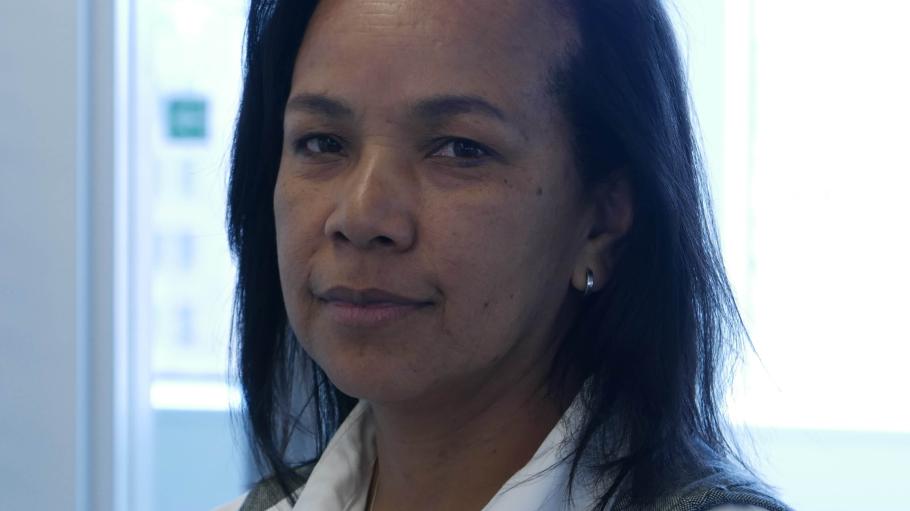share their experiences
Faculty highlights showcase faculty members as they share their experiences and insights with the Teaching and Learning Exchange (TLX). Discover how TLX collaborates with educators to enhance teaching methodologies, integrate innovative technologies, and foster engaging learning environments.

Anagaile Soriano, esteemed for her academic leadership within clinical teams and with learners, has long been dedicated to fostering an innovative learning environment.

How TLX Collaborate with Bernie transforming in-class to fully online and marking decision to Drop a Real Textbook for his unique teaching experience? We are also working on the 3rd course on International filming starting in January 2025.

Donna Lee Rosen, a distinguished professor of HOST 1091 Heritage Tourism, has transformed the course with her extensive knowledge and passion. She collaborated with TLX to integrate interactive elements and visually appealing content, creating a dynamic and engaging learning experience.

It was late in the Fall of 1968, at the same time that George Brown College was welcoming its first students, that Howard was hired to teach ESL by the Toronto Board of Education.

Silvia Caicedo spoke these words during a Strengths Based Trauma Awareness session at the 2024 GBC Mental Health Conference. We were audience members discussing approaches to trauma-based pedagogy.
Awards Winners
The innovation, adaptability and energy GBC employees show every day helps us achieve our bold vision for the future outlined in Strategy 2026 and Vision 2030. Our Employee Achievement Awards allow us the opportunity to nominate and recognize our colleagues whose hard work, dedication, and passion have made measurable differences to our students, employees, and communities.
Award winners were announced on April 30th at the TLX Conference.

Scholarship of Teaching and Learning Scholar Award

Innovation in Teaching and Learning award

Educator of the year

